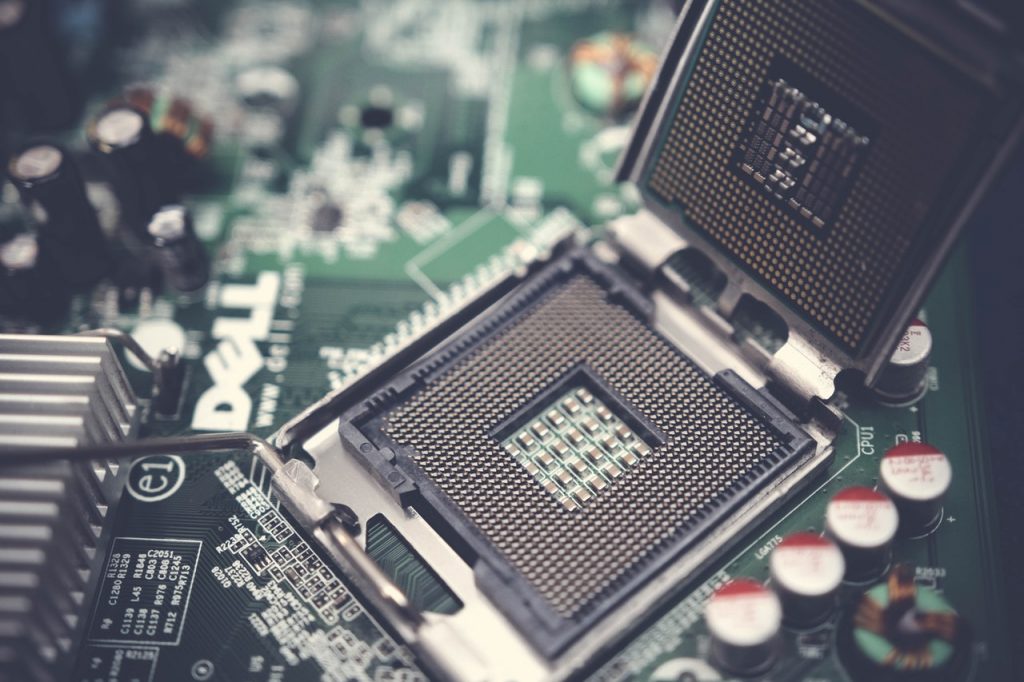For those who have been paying attention to the tech sector since the start of last year, even those that haven’t been paying attention, will be well aware of the ongoing issue with the semiconductor shortage that has meant much of the expected production capacity is much longer than had been hoped. Many in the industry have targeted 2024 as a date where the shortages may start to change, but with recent news that emerging outbreaks in Taiwan where many of the production plants operate from, it could exacerbate the issue further and lead to longer delays. But which industries have been hit the hardest by the shortages, and which may look to recover the fastest?
Consumer electronics may struggle to meet demand for some time to come – If you’ve been one of the hopefuls looking to get your hands on the latest consoles from either Sony or Microsoft with the PlayStation 5 and the Xbox Series X, you’ll have been met with out-of-stock notices and shortage notices everywhere you turn, enjoying some of the new favourite games like those found here has been made much more difficult because of this. The CEO of Sony was recently one of the experts suggesting 2024 as a date for shortages to slow, but it isn’t just the consoles either – newer smartphones and mobile devices will suffer from the same shortages and although some companies were able to secure a surplus, production will eventually have to slow and so if you’re looking to grab a new smartphone this may be another space, you’ll start to see shortages in coming months too. And finally, if you’ve been looking at getting any dedicated components or hardware, you’ll have run in to the shortage issue too, and this may be something slower to get back to normal as it’s not as simple as catching up with the demand, as the demand continues to grow.

Source: nytimes.com
Automotive industries could be hit hard too – As our cars, even traditional cars, have become more electronic there is the increased reliance on these semiconductors with some suggestions that the average car now has anywhere around 1,400 microchips included with electric vehicles having more – the shortage has already been felt by some as it was recently announced that a Hyundai plant in Alabama had to temporarily close due to the shortage with the expectation that others will follow in time when further issues are reached. Some companies were seemingly prepared, the likes of Tesla have typically have issues meeting the growing demand but having secured a surplus of chips before the shortage in anticipation may help them come out a little better than others, but the security may not hold out indefinitely as the CEO of computer hardware manufacturer has stated that the 2024 tentative date may be early, and so if Tesla were holding out hope that the recovery would be that quick and only planned for that short amount of time, there could be a lot of disappointment if the shortages last for a longer period of time.
Much of the problem with the shortage comes from the fact that it isn’t something that can simply be fixed – the plants that produce these chips are already operating at capacity in order to deliver and meet the demand needed with little option to really step things up, so when these plants have had to close in the past year anything produced upon reopening is simply to meet the new demand, and not the demand that had already existed, so anything not produced during the period of time of closures is simply something now that cannot be replaced. As the world starts to get back to normal, this demand has already started to show an increase again, so the already strained plants are really pushing to meet this new demand which again only exacerbates the shortage.

Source: asia.nikkei.com
The next step for many has been to explore ways that they may be able to invest in stepping up the supply, Intel announced back in March that they’re looking to invest $20 billion into creating two new chip plants in Arizona, with China making up the majority of manufacturing and the US coming in second. Currently Europe only accounts for less than 10% of global chip production, although there is the hope that this can be boosted to 20%, finding the investment to do so has become difficult, Intel again getting involved suggested it would help but would seek out €8 billion in public subsidies if it were to open a plant. The hope that the public subsidies will make it competitive to open in Europe and further plants in the US is a key point of concern, and a reason why many of the plants are opened in Asia instead, but it’s clear that something needs to be done in terms of investment in order to not only meet the new demand but also have the capacity for production in the event that either something similar happens again in the future, or just as a preventative measure to ensure that there’s nothing that can disrupt the flow of semiconductors and microchips from directics.com, even if that means that there’s a surplus created to keep to one side for the rare event that this surplus needs to be emptied and distributed to keep production measures high.

Source: pexels.com
As noted, 2024 has been the early date given for when things may be back to normal on the production front but this is just an estimate and the recent news could push this date back further, those hoping to get their new electronics as soon as possible may have to continue to wait for a longer period, some warnings push this date much further back so it’ll be a waiting game to discover just how far the shortage will go, and to see how demand will change over time to further impact this and if other external factors may have a growing impact too.






